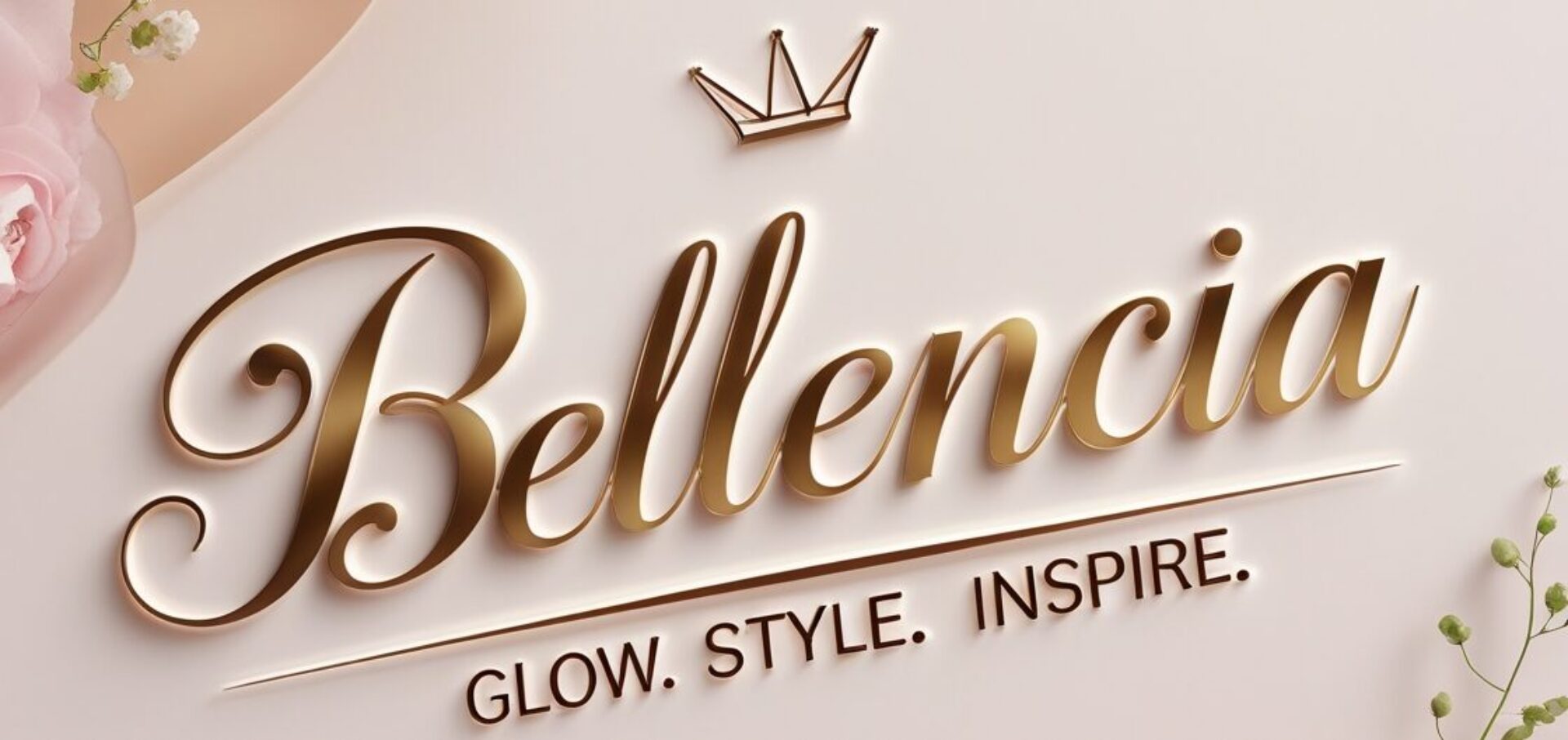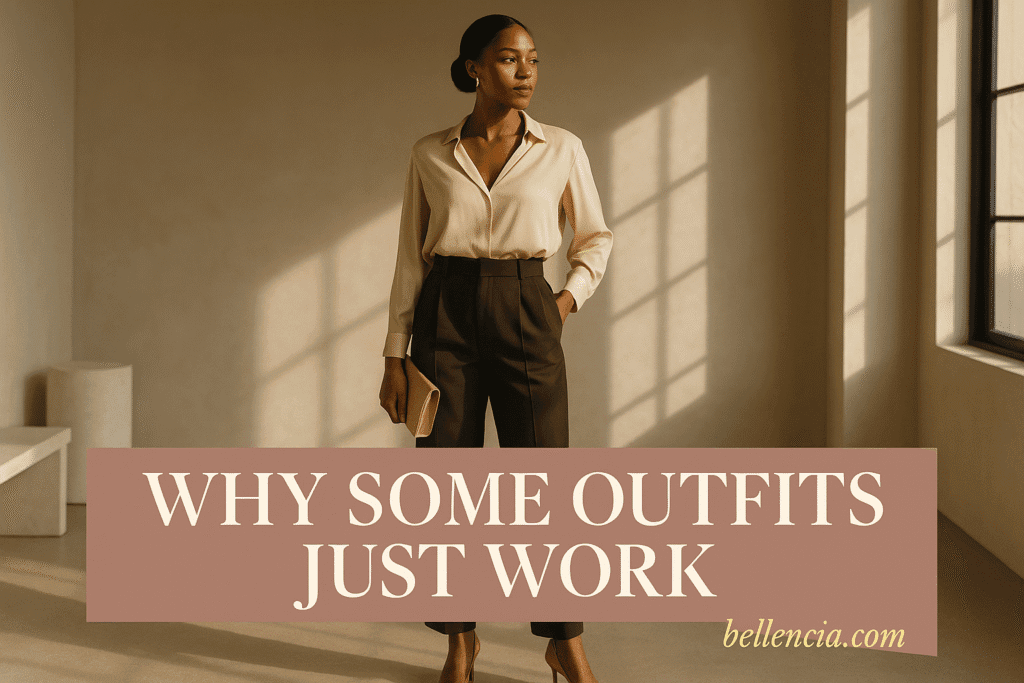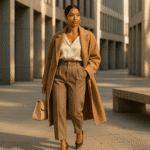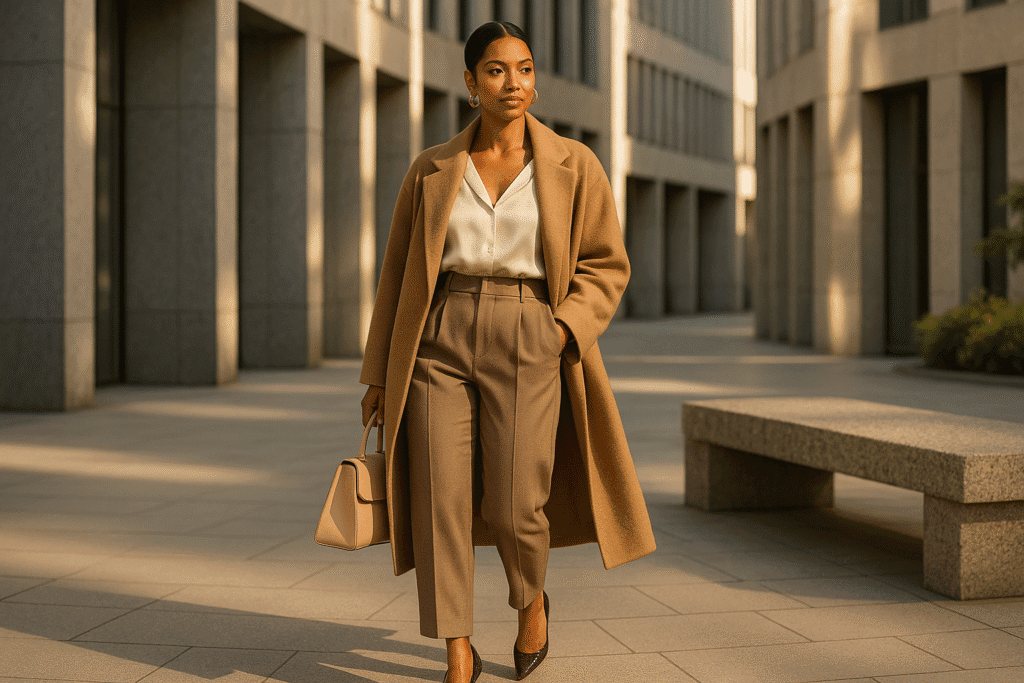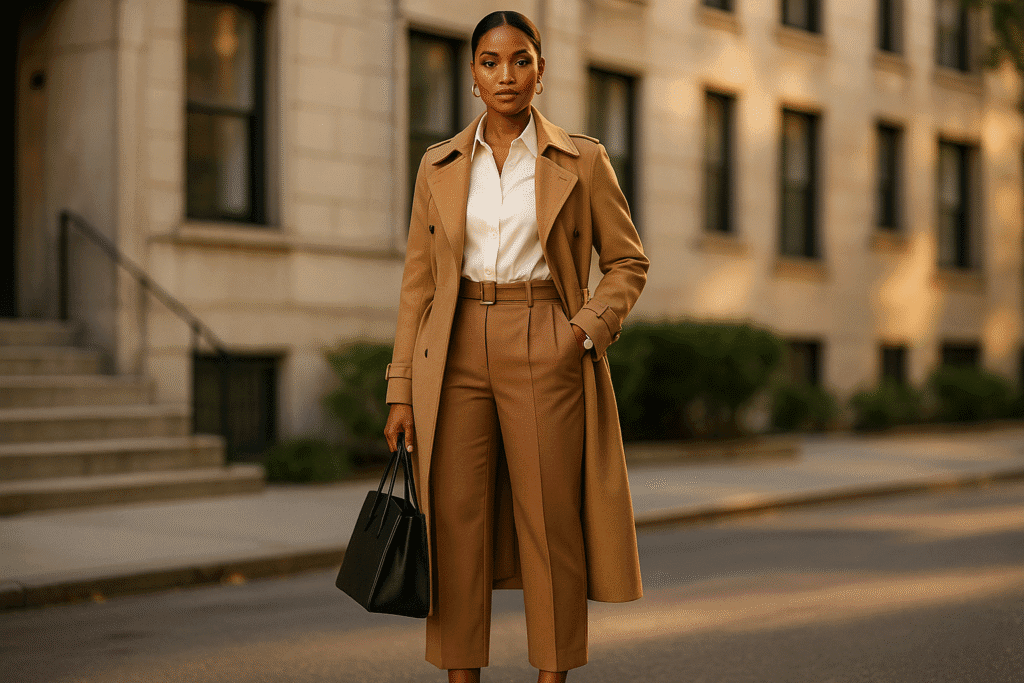You’ve seen it happen. Someone walks into a room wearing an outfit that isn’t necessarily trendy, expensive, or even complex—but it just works. The colors, the silhouette, the mood—it all feels effortless. Then there are times you try to replicate a similar look, only to find yourself standing in front of the mirror thinking, What’s missing?
The truth is, great style isn’t about copying outfits—it’s about creating harmony. When an outfit works, it’s often because it’s subconsciously aligned with design principles: proportion, rhythm, color balance, and emotional clarity. When it doesn’t, it usually falls apart somewhere in the equation. In this article, we’ll unpack why some outfits feel put-together and others fall flat, giving you the tools to decode and recreate that “it just works” magic in your own wardrobe.
Understanding Visual Flow and Outfit Harmony
At its core, fashion is visual communication. Your outfit is the message, and the viewer (or you) is the interpreter. The reason some looks resonate more deeply has everything to do with how your eye travels from top to bottom. Outfits that “work” guide the viewer’s gaze with intention—think of it like visual punctuation. For example, a structured shoulder balances out a wide-leg pant. A cinched waist grounds an oversized coat. A monochromatic outfit uses varied textures to maintain interest. It’s not about matching pieces; it’s about creating balance that feels instinctively pleasing to the eye.
Many high-end stylists use what’s known in design as “visual weight”—making sure no part of the outfit feels too top-heavy, bottom-heavy, or blank. A bulky knit on top? Pair it with a slim pant and sleek boots. Wearing oversized trousers? Anchor the look with a tucked-in top and bold earrings. It’s this kind of counterbalance that makes an outfit feel complete rather than confusing.
Color Psychology: It’s Not Just Aesthetic, It’s Emotional
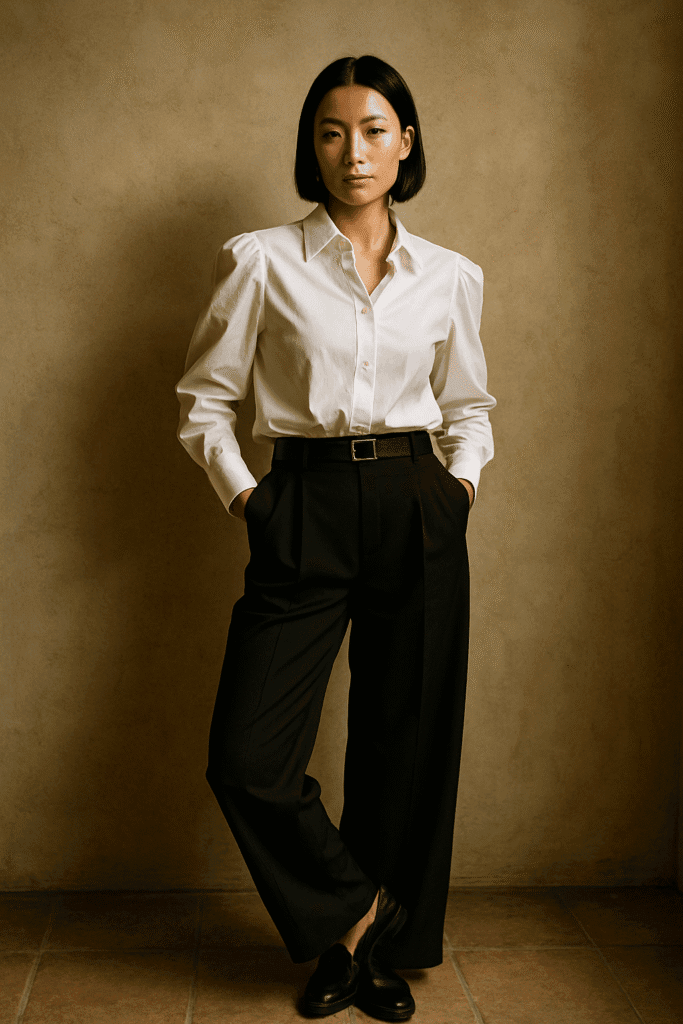
Outfit success often hinges on color synergy, not just matching hues. Certain color combinations trigger mood responses—neutrals feel calm and elevated, while contrasting colors can energize or distract. When an outfit “works,” the colors are either in emotional alignment or deliberately styled to contrast with tension and purpose.
A harmonious outfit often sticks to one of three color strategies:
- Monochrome: Wearing different shades of one color for a clean, sophisticated feel.
- Analogous: Combining colors that sit next to each other on the color wheel, like olive, mustard, and rust.
- Neutral + Pop: Using beige, white, or black as a base and adding a single standout piece, like cobalt blue heels or a cherry red bag.
Unsuccessful outfits tend to ignore the emotional interplay of color. They might combine too many competing hues or overlook undertones. For example, mixing warm and cool tones without intention can throw off cohesion. One easy fix? Try photographing your outfit in black and white. If the shapes and tonal values still look balanced, chances are the outfit works in color too.
Texture, Fabric, and the Feel of a Look
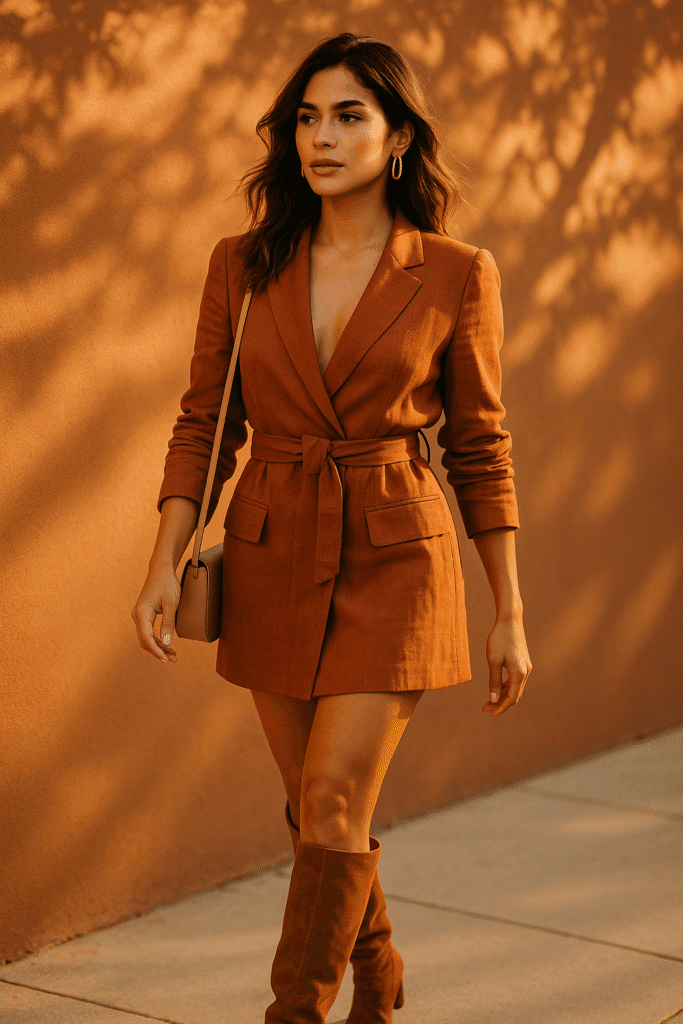
Some outfits don’t work—not because of color or cut—but because of clashing textures. Mixing textures can be a genius move if done with care. A slinky silk dress paired with a boxy denim jacket feels chic because the two textures contrast in weight but not in intent. On the other hand, pairing a stiff tweed coat with a heavy leather skirt can feel visually “stuck” because both fabrics command too much attention.
Ask yourself:
- Does my outfit include one focal texture?
- Are the fabrics aligned in mood (e.g., all soft and flowing vs. all rigid and sculptural)?
- Is there one element that anchors the look (like a belt, bag, or shoe) that ties the textures together?
Great outfits usually offer tactile balance—pairing structured with slouchy, shiny with matte, or smooth with coarse. If your outfit feels off, try swapping out just one piece for something more tonally or texturally aligned.
The Missing Piece Is Usually… Intent
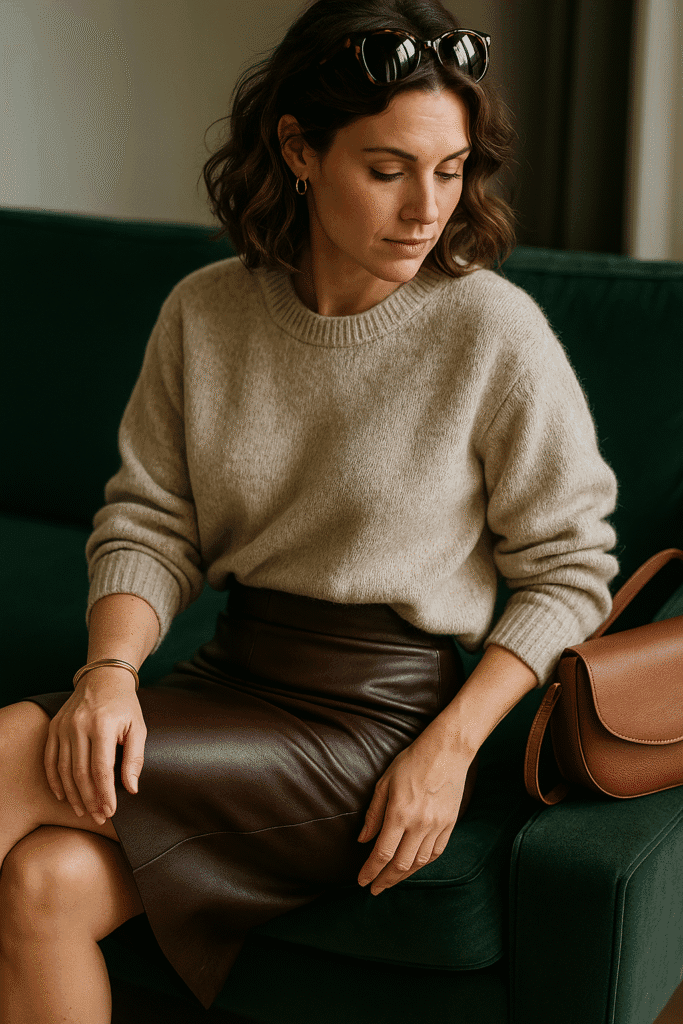
Outfits that fail to deliver often lack a clear point of view. The goal doesn’t have to be “fashion-forward”—but there should be intent behind what you’re saying. Are you going for effortlessly polished? Downtown edgy? Romantic and soft? A lack of vision leads to confusion in your look. When you’re unsure what you’re trying to convey, your outfit won’t communicate either.
The key to style that always lands is to ask yourself: What do I want this outfit to say about me today?
This doesn’t mean every outfit needs to be a statement piece. In fact, some of the best looks are deceptively simple—white tee, tailored jeans, and pointed boots. What sets them apart is the intentional combination of fit, proportion, color, and confidence. Style isn’t what you wear—it’s how you wear it.
Final Thoughts
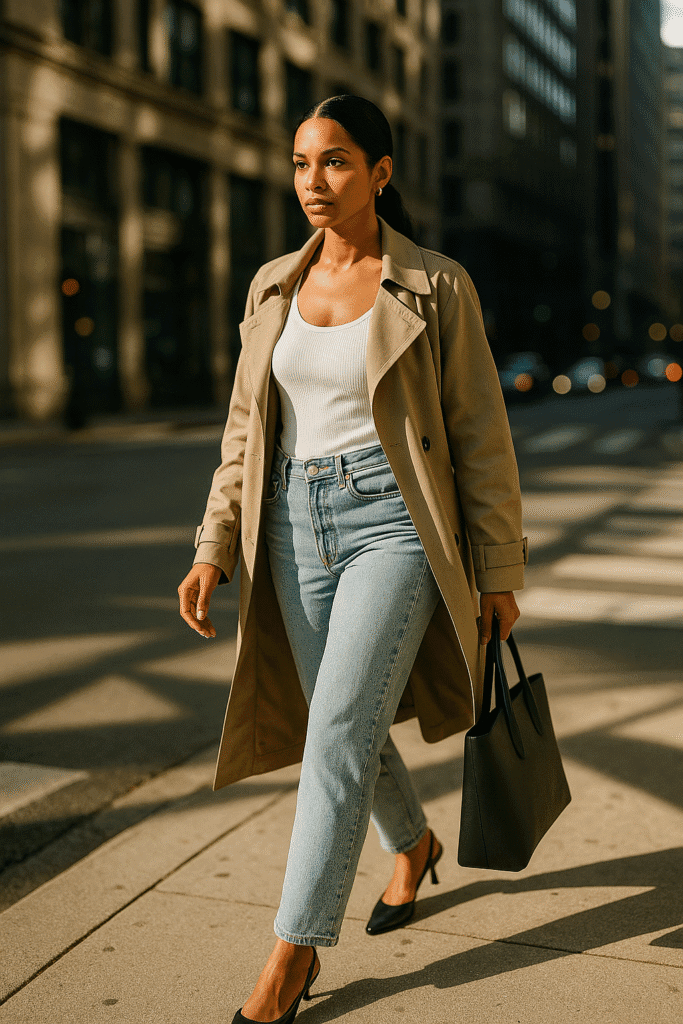
When an outfit “just works,” it’s rarely luck. It’s visual balance, emotional clarity, color theory, and above all—intention. You don’t need a new wardrobe or a designer budget to dress better. You just need to shift from copying trends to studying why something looks good.
Next time you find yourself unsure in front of the mirror, pause and ask:
- Is there too much or too little contrast?
- Do the colors and shapes communicate the mood I want?
- What’s the one item I can add, remove, or swap to bring it into balance?
Trust your eye. Learn the language of your clothing. And remember—style isn’t a science, but understanding the art behind it gives you the freedom to break the rules with confidence. For a deeper dive into color theory in fashion, this guide from Pantone offers insight into how industry leaders build color palettes seasonally—a perfect way to develop your own eye for harmony.
Fast Glam, Free Shipping
Get beauty, DIY, and home finds delivered fast. Try Amazon Prime free for 30 days.
